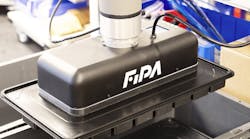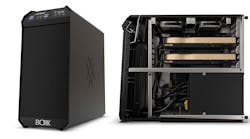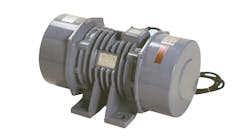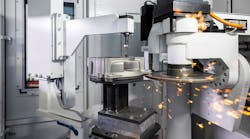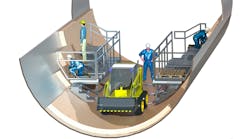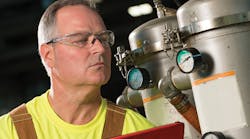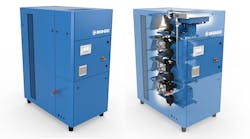The new MORGAN THERMAL CERAMICS Superwool® Plus high-temperature insulation wool is 17 percent more energy-efficient than traditional refractory ceramic fiber (RCF), the supplier reports, or than any other alkaline earth silicate (AES) insulations. Superwool Plus is intended for iron, steel, or aluminum furnace linings, as well as applications requiring high-temperature processing, promoting greater process efficiencies and energy-cost savings.
Applications include duct and chimney insulation, process heater linings, pipe wrap and automotive exhaust heat shields.
The material provides excellent insulation in high temperature environments with a classification temperature of 2,192°F (1,200°C). The manufacturer explained that a breakthrough in its advanced manufacturing control allows the new product to be engineered for maximum fiber content, meaning that it has up to 20 percent lower thermal conductivity than competitive insulations, and better energy saving properties with improved handle-ability.
The insulation fiber blanket has high tensile strength with good handling ability. It is available in blanket, modules, Pyro-Bloc® modules, paper and bulk (chopped and unchopped). Felt, vacuum formed products, and board varieties are in development for release soon.
“Industries are under increased pressure to improve energy-efficiency and reduce carbon emissions,” according to Ron Wainwright, technical director, Morgan Thermal Ceramics. “In addition, regulatory agencies in the United States are beginning to review RCF for classification as a substance of very high concern. … The Superwool Plus range is an ideal alternative to RCF, helping customers to increase energy efficiencies throughout their plants.”
Visit www.thermalceramics.com
